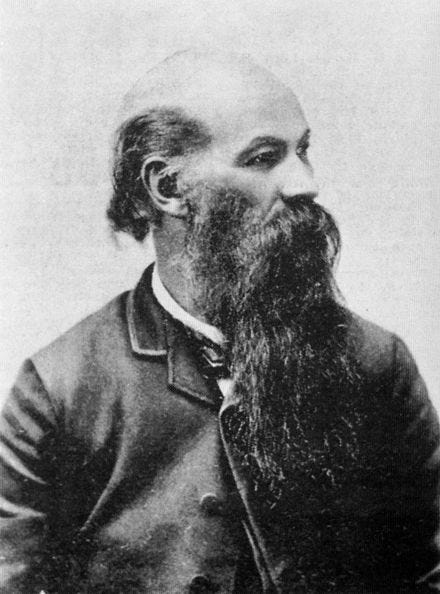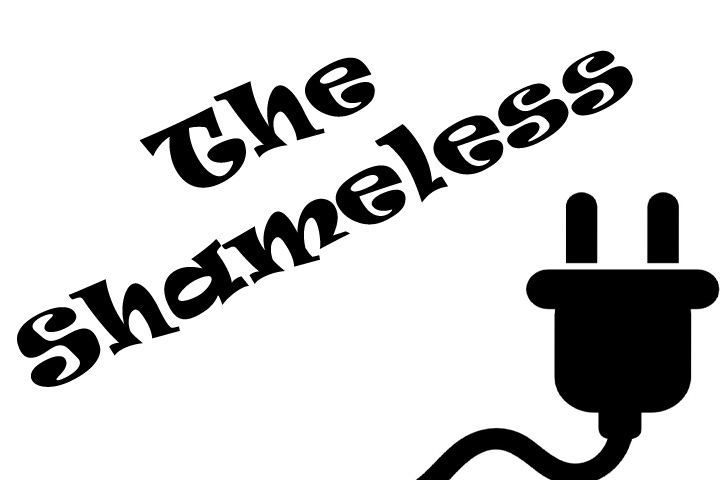James Presley Ball, Sr. 1825–1904 A “free man of color,” 19th-century photographer, and abolitionist
Issue #169 Friday Funday November 4, 2022
No ads or annoying popups ever! So instead, please see the important information at the bottom of this post. Please keep those “Likes” and comments coming! Thanks!
Save 48% with an annual subscription! Limited Time Only!
From BCE (Before the Common Era) through the 19th Century
The word “photography” is defined literally as drawing with light. Way back in about 500 BCE in China, a tool called camera obscura was used to draw or paint landscapes and architecture by having a pinhole project a scene in a dark room or box, and then the artist traced over the image.
In the late 15th century, Leonardo da Vinci sketched diagrams about the camera obscura but added a simple glass lens to the pinholes.
Lenses were already being used by astronomers in telescopes around that same time.
In the early 1700s, it was discovered that a solution of silver nitrate darkens when it is exposed to light, but there wasn’t yet a way to stop the darkening process.
In 1827, Nicéphore Niépce made the earliest surviving photograph from his windows using a sheet of metal with a film of chemicals spread over it. It took 8 hours to record the image.
Just a few years later, in 1839, the daguerreotype was invented, which used a now well-known metal plate process to form an image. However, the process was very messy, very time-consuming, and very expensive.
In 1841, a camera to be used for metal plates was invented.
During this time, photography was primarily used for scientific and artistic uses.
Finally, in the middle of the 19th century, the field of photojournalism emerged when reporters took pictures of the 1848 workers’ revolt in France, the Crimean War of 1853-1856, and the American Civil War from 1861-1865. For the first time, photography took the place of hand drawings and paintings to record important world events. These photographs were published in newspapers and magazines and also displayed at public shows.
What made photography a little easier to manage was the years of development of celluloid film from 1835-1887. This new film for photography was produced as individual sheets or as a roll.
In 1888, George Eastman, a resident of Rochester, New York, took the concept of a roll of film and built a simple and easy-to-use camera that he marketed as a fun product for anyone to use. The Eastman Kodak company became a pioneer in the boom of photography all over the world. Photography was now available for beginner and professional photographers.
The idea of moving pictures came about because of a bet about horses galloping. The technology needed to film moving objects, including later adding sound, and then projecting the moving images onto a large screen, was developed over the next several decades.
The 20th century and the 35mm film format
The 35mm film format, also called the 135 format, was first used for motion pictures, but it soon began to be spooled into small cartridges for still cameras. The eventual standard, first invented in 1913, was a spool of film that transported the film horizontally and produced a 24X36mm image frame.
In 1925, the Leica I camera was introduced to much commercial success. The upscale Leica camera is still used by professional photographers today.
A self-taught scientist named Edwin Land, during the 1920s through the 1940s, developed, patented, manufactured, and sold several uses for light polarization, the physical property of light waves. In 1947, using all of the polarization chemicals and technologies developed over the decades by his company, the Polaroid Corporation, Land introduced the first “instant camera” called the Polaroid Model 95. The photographer had to wait exactly 60 seconds before peeling off the negative backing of the image and then wave the photo around to dry for another few seconds. But that was “instant” compared to traditional film cameras that had to be developed in a laboratory or special darkroom. Color film developed by Polaroid debuted in 1963.
Near the end of the 1950s, the first SLR (single-lens reflex) cameras were invented. In 1959, the Nikon F, a professional-caliber 35mm SLR camera was manufactured, as well as an entire system of different lenses, motor drives, and other accessories.
The 35mm SLR cameras became one of the primary types of cameras used for still photographic images and digital photography.
Digital photography becomes the standard
Those of us of a “certain age” remember buying rolls of film to put into our cameras and then taking pictures one at a time while advancing the film cartridge after each picture. We then took the used roll of film to a processing center to be made into pictures which we put into photo albums.
We may also remember how, if someone wanted to destroy someone’s pictures, they opened the camera, pulled out the entire spool, and exposed it to the light, thus destroying the images.
All of that changed with the rise of digital photography, starting in 1975. Kodak invented a digital camera recorder that took 23 seconds to capture the image. The camera weighed almost 8 pounds, however.
Kodak and Fuji, in collaboration with Canon and Nikon, created the first digital cameras for professional use in the early 2000s.
In 2004, digital sensors for cameras finally surpassed the resolving power of the standard Kodachrome slide film, and DSLR cameras took over from 35mm SLR cameras.
DSLR cameras store the images on thumb drives of different sizes so that it is relatively easy to put the drive into any computer to “develop” the pictures or movies. DSLR cameras are still being used by professional photographers and many home and hobbyist photographers and videographers for the highest-quality photos and movies.
Today billions of digital photos and movies are taken by just about everybody on their smartphones. The quality of photos and movies taken with smartphones has advanced to near-professional levels.
When the first iPhone debuted in 2007, it had a 3.5-inch screen, 2-megapixel rear-only camera, you couldn’t record video, and there was no App Store or iMessage texting. That 1st iPhone cost $499.00 for a 4 GB model that ran on 2G.
Now when you see smartphones advertised, the phones are being framed (pun definitely intended) as high-end cameras that also make phone calls.
It only took about 2,500 years.
Famous Black Photographers
Black portrait and cultural photographers started in the 19th century along with other professional photographers. In the 20th century, starting primarily with photographers of Madam C.J. Walker and Marcus Garvey, Black photographers, male and female, began to chronicle the people, events, and locations important to the Black experience, from the Harlem Renaissance through the Civil Rights Movement.
Some of the more famous ones you may or may not have heard of are James Presley Ball, James Van Der Zee, Gordon Parks, Moneta Sleet, Jr., Florentine Perrault Collins, Ernest Withers, and Carrie Mae Weems.
One of the best and largest curated collections of Black photography and photographers is housed at the Schomburg Center for Research in Black Culture of the New York Public Library. The Schomburg Center was founded in 1926 by Afro-Puerto Rican scholar and historian Arturo Schomburg. People from around the world can complete research online at the Schomburg Center.
Here is an excellent article about our historical and legacy Black photographers published by Buzzfeed News.
Did you learn something new about the history of photography? Let us know in the comments.
Help us to grow “We Are Speaking!”
Please support us: subscribe for free or upgrade your current subscription to a paid level for only 31¢ per issue or less. We publish 32 issues per month.
Please check out the products and services of the TeamOwens313 Global Creative Community Branding and Marketing Academy (GCC BMA) for independent writers and creative professionals. We offer online training, group and one-on-one coaching, a creative networking community, and a 10-week branding and marketing mastermind cohort that begins the first Monday of every month.





